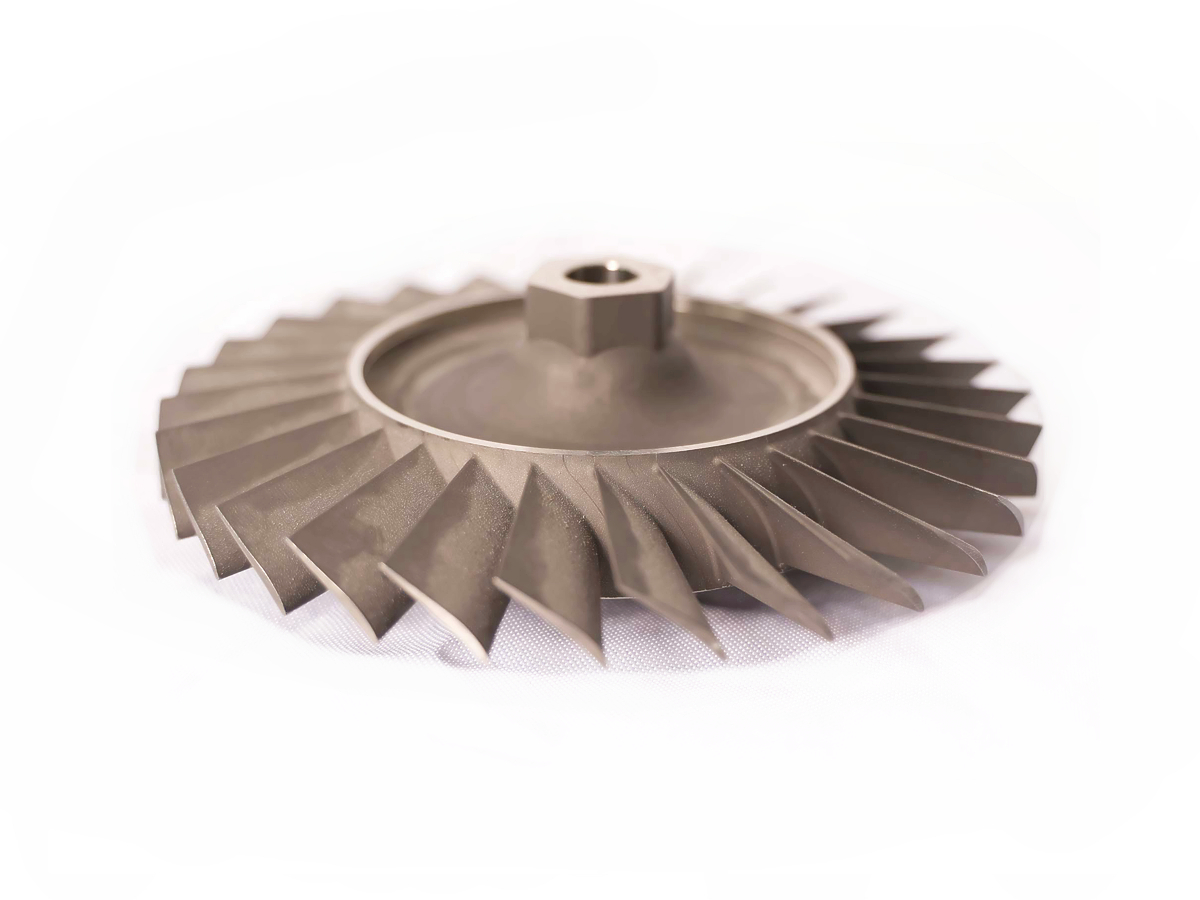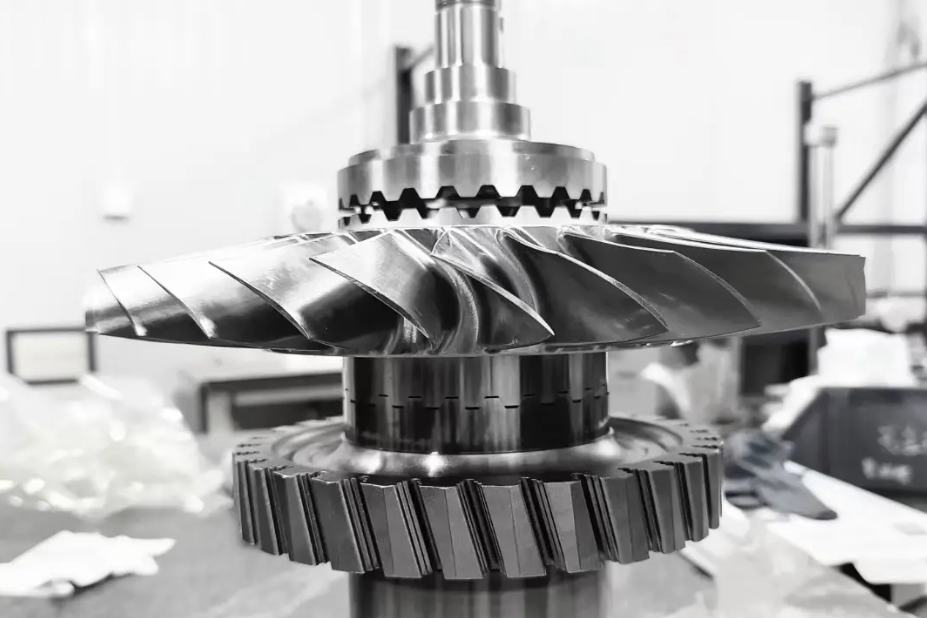What temperature range defines “high temperature” in superalloy machining?
In the context of machining superalloys, the term "high temperature" refers not to the ambient environment, but to the extreme localized temperatures generated at the cutting tool-workpiece interface. This range is critically distinct from the superalloy's service temperature and is a primary determinant of tool life and machining feasibility.
The Cutting Zone Temperature Range
During the machining of superalloys like Inconel 718 or Hastelloy C-276, the intense shear deformation and friction involved in chip formation generate severe heat. For these materials, the term "high temperature" typically signifies a range of 750°C to over 1200°C (1380°F to 2200°F) at the cutting edge. This range is problematic because it often exceeds the thermal stability limits of standard tool coatings and approaches the softening temperature of even premium carbide substrates.
Contrast with Superalloy Service Temperature
It is crucial to distinguish this machining temperature from the material's renowned service temperature. Superalloys are designed to retain strength and resist creep at service temperatures that can be 0.7 to 0.8 of their melting point (often 650°C to 1150°C / 1200°F to 2100°F). However, this very property—strength retention at high temperatures—is what makes them so difficult to machine. The material remains stubbornly strong and abrasive at the cutting zone temperatures where most other steels would have softened, leading to rapid tool wear.
Engineering Implications and Management Strategies
Managing this heat is the central challenge in superalloy machining. The strategies employed are direct responses to this "high temperature" definition:
Tool Material Selection: Standard high-speed steel (HSS) tools soften completely at these temperatures. The industry relies on sub-micrograin carbides with advanced PVD Coatings like TiAlN or AlCrN, which maintain a protective oxide layer. For the most severe cuts, silicon nitride ceramics or CBN (Cubic Boron Nitride) tools are used, as their hot hardness far exceeds that of carbide.
Thermal Management: The low thermal conductivity of superalloys traps heat in the cutting zone. Therefore, high-pressure, through-tool coolant is not merely beneficial but essential. It serves to reduce thermal shock, wash away the hot chip, and prevent the heat from concentrating on the tool's cutting edge.
Parameter Optimization: Running at incorrect parameters can exacerbate the problem. Too low a speed can promote work hardening and rubbing, while too high a speed can generate catastrophic heat. A carefully balanced combination of speed, feed, and depth of cut is required to shear the material efficiently and evacuate heat via the chip.
In summary, "high temperature" in superalloy machining defines the extreme and localized thermal environment at the cutting edge, a key factor that dictates every aspect of the process, from tooling and coolants to machining parameters, to ensure successful part manufacture.



